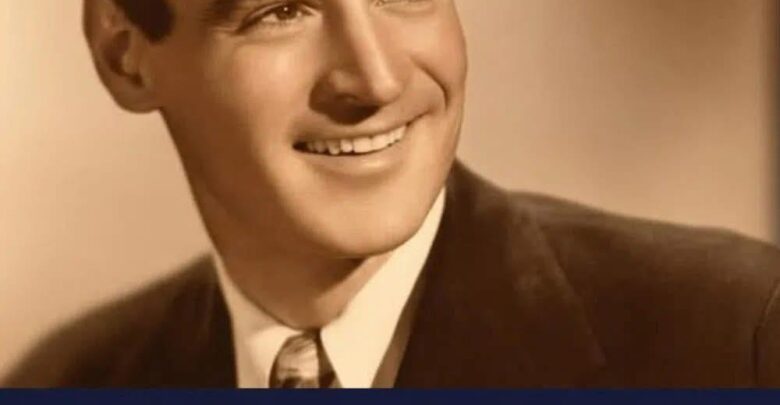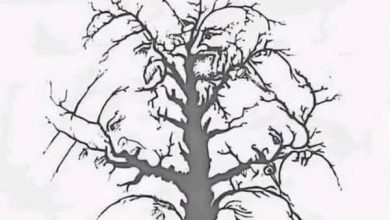Uncategorized
At Almost 103 — The Hollywood Icon Still Inspiring Generations

He never aimed to be a symbol of longevity; he just never stopped caring. From cramped sets to standing ovations, every role was a duty, not a spotlight. Now, his days are shaped by slow walks, worn books, and long conversations where he listens more than he speaks. The cameras are gone, but his presence still quietly fills every room.
What resonates isn’t his age, but his mindset. He holds past and present with equal grace, never romanticizing or resenting. Younger actors see him as a guide, proof that relevance comes from connection, not visibility. His legacy isn’t just his films—it’s the way he continues to live: present, grateful, profoundly human.




